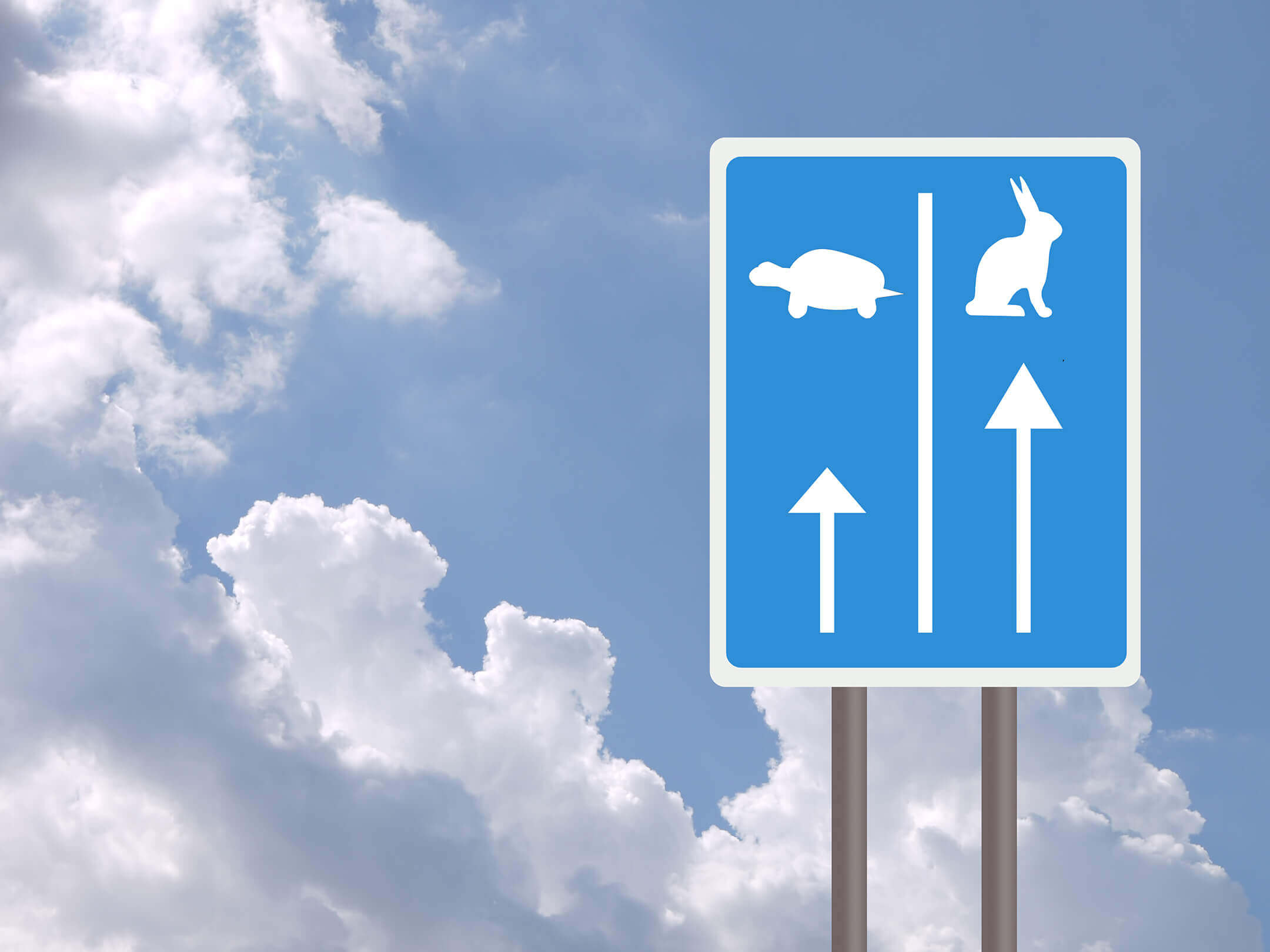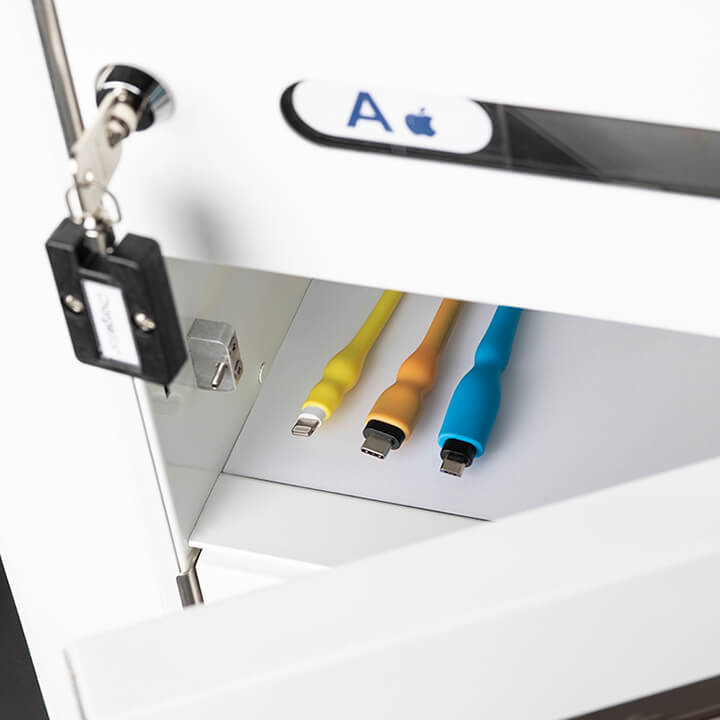A Blagger’s guide to fast charge – 10 questions answered.
If you’ve upgraded your iPhone in the last 2-3 years from Apple or bought a high-end Samsung or Google phone then the chances are it has the latest USB Fast charging standard included in the hardware. But what is fast charging and why should you care?

What is Fast Charging?
The technical name is USB 3.1 Power Delivery. The people friendly term is “Fast Charge” and makes it possible to charge devices at up to 100W. It means that you can charge your phone 2-4 times faster now. You’d expect to get 50% charge in 30 minutes.
So, if I’m stuck at an airport and think I’ll run out of battery before I need to get my electronic boarding pass out, I could get 10% battery in about 5 minutes?
Yes! But then no, because public places have yet to cotton on to this.
Do I need any specific equipment for fast charge?
Fast charge requires 3 components – a compatible phone/tablet/laptop or other device, a charger that supports USB Fast charge, and a compatible cable. The cable will have USB-C at least on the charger end, and either USB-C or Apple Lightning on the device end. The latest iPhone 11 Pro comes with these components. For public charging solutions you will need a Fast charge system or a USB-C socket branded as Fast charge and using your own cable.
So, can devices with Micro-USB use Fast Charge?
No, only devices with USB-C or Apple devices since 2017 with Lightning can use Fast Charge.
Isn’t wireless charging quick and better?
Wireless requires your phone to be placed precisely to get the best performance. Fast charge is still 2-4 times faster than this method and is more reliable. Wireless is better than nothing, and fine for overnight charging, but not ideal for public charging.
Is Fast charge safe?
All modern devices control the power input to suit the devices battery characteristics. Manufacturer testing ensures the device takes the right amount of power at different battery charge levels to maximise the safe charge rate while maintaining long-term battery health. You will notice when phones go beyond 80-90% charge, they charge much more slowly as this is when the phone will deliberately slow down the charge rate.
Is fast charge just on phones?
Many tablets (including all newly available iPad models) support a higher level of fast charging. iPads may use up to 30W, which is 3 times faster than the old base charger in the box, or 1.5 times faster than the charger that ships with iPad Pro. Lots of laptops also support fast charging using USB-C cables too.
I don’t have one of the big brand handsets but I thought I had a fast charge already.
You might do if it’s a less well-known Chinese brands, but it’s more than likely not using the international standard set by the USB Implementers Forum. That means you will not benefit from public fast charging systems, and the proprietary nature of the technology means it might not hit all the safety standards.
So where could I charge my phone in a hurry when I’m out and about?
Look for USB-C plug points and charging stations with fast charge installed. Public spaces like shopping centres and airports have special charging stations but few have adopted this technology. They will need to start investing in it soon because there will be demand from the public. If you find the charging facilities don’t cater for it then ask for it. In the meantime, all ChargeBox public charging solutions provide optimised USB charging at up to 10W per cable which will typically exceed most other public charging solutions.

All ChargeBox Solutions have the option to include Fast Charge for your visitors.